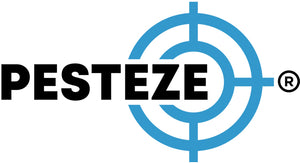HOW TO HANDLE ANIMAL CONTROL HUMANELY AND LEGALLY

HOW TO HANDLE ANIMAL CONTROL HUMANELY AND LEGALLY
SUMMARY
Animal problems don’t have to mean harming wildlife. Learn how to manage unwanted animal activity around your home while staying humane, respectful, and within legal boundaries.
FEATURES
-
Non-lethal animal control techniques
-
Legal guidelines for wildlife removal
-
Tips for ethical DIY prevention
-
When to call licensed humane professionals
-
How to stay compliant with local wildlife laws
DESCRIPTION
Animal control can be both compassionate and effective when done correctly. Instead of resorting to harmful methods, homeowners can use humane practices and legal precautions to handle wildlife responsibly. By understanding both ethical standards and legal requirements, you’ll ensure safety for your household and respect for nature.
HUMANE AND LEGAL STRATEGIES
Live Traps and Release: Use approved live traps where legal and check them often. Release animals at safe, designated locations, following your area’s wildlife codes.
Natural Deterrents: Choose scent-based repellents made from essential oils or predator urine. Use motion-activated lights and sounds to discourage nighttime activity without causing harm.
Seal Entry Points Thoughtfully: Prevent future intrusions with mesh, chimney caps, and vent covers—without trapping animals inside. Always confirm no animals are nesting before sealing.
WHEN TO INVOLVE A PROFESSIONAL
Protected Species Issues: If the animal is federally or state protected, contact a licensed wildlife expert to handle removal legally and without penalties.
Persistent or Aggressive Wildlife: If repeated DIY methods fail or the animal becomes a danger, pros can resolve the issue quickly, safely, and in line with regulations.
Legal Uncertainty: Not sure what you’re allowed to do? Professionals understand local and federal laws and ensure you're following proper procedures to avoid legal trouble.
- Medha samanu


Comments 0